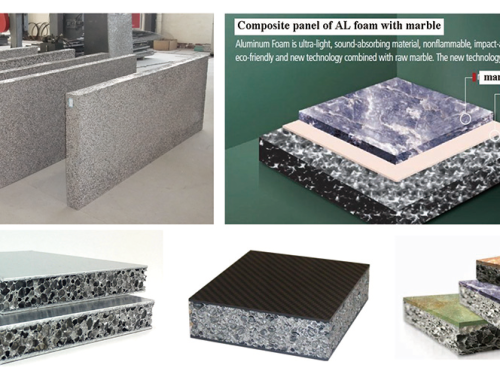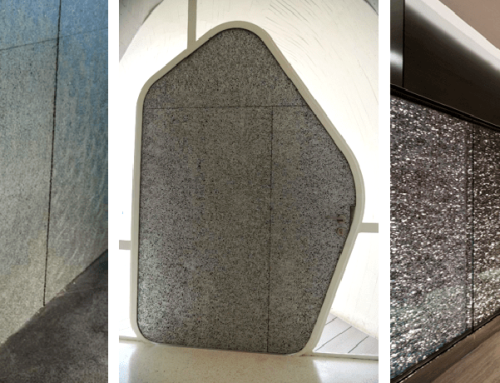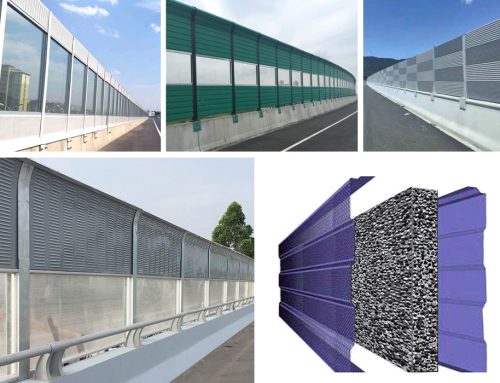
Main feature:
1. Ultra-light quality: It has a specific surface area and a specific gravity of 0.2~0.3, which is 1/4 of water, 1/3 of wood, 1/10 of metal aluminum, and 1/30 of iron. The quality is ultra-light.
2. Sound absorption: The porous structure has the characteristics of wide frequency sound absorption.
3. Electronic wave shielding: Through relatively thin thickness, it can shield about 90dB of electronic wave.
4. Processing performance: can be cut, bent, and simply pasted.
5. Fire resistance: keep the shape stable, it is difficult to burn at high temperature, and it is resistant to high temperature.
6. Recycling: Metal waste materials can be 100% recycled.
7. Breathable: Homogeneous three-dimensional three-dimensional network structure has the function of filtering, and the flow stability of gas and fluid is super strong.
8. Sound insulation: Through additional processing, a high noise interception can be obtained, and the sound insulation effect is good.
9. Exquisite appearance and practical interior: through various processing, it is suitable for interior decoration.
Application areas:
Exhaust gas purifier carrier materials, battery electrode materials, various catalyst carriers, especially for filter materials requiring high temperature resistance and acid-base corrosion, surface layer materials for infrared burners, heating materials for various industrial and civil drying equipment, etc.
• In the field of chemical power sources, it is used in nickel-foamed positive and negative electrodes such as nickel-metal hydride, nickel-cadmium, and fuel cells, which doubles the performance of the battery. The foamed nickel-carbon composite electrode material is an ideal material for lithium batteries.
• In the field of chemical engineering, it can be used as catalyst and its carrier, filter medium, medium in separator (such as oil-water separator, automobile exhaust gas purifier, air purifier, etc.), because of its large specific surface area, it can reduce energy consumption ,Improve efficiency.
• In the field of electrochemical engineering, it can be used in electrolytic hydrogen production, electrocatalytic process, electrochemical metallurgy, etc., which can significantly improve energy efficiency.
• In the field of thermal engineering, it can be used not only as a damping material, but also as a high-efficiency heat-conducting “wick” material for a “heat pipe”, multiplying the efficiency.
• In the field of functional materials, it can be used as a damping material to absorb wave energy; noise reduction, vibration absorption, buffer electromagnetic shielding, stealth technology, flame retardant, heat insulation, etc.




